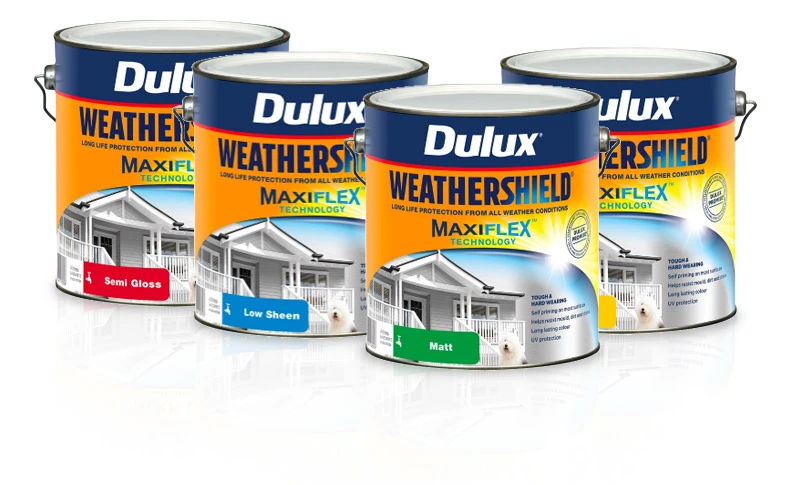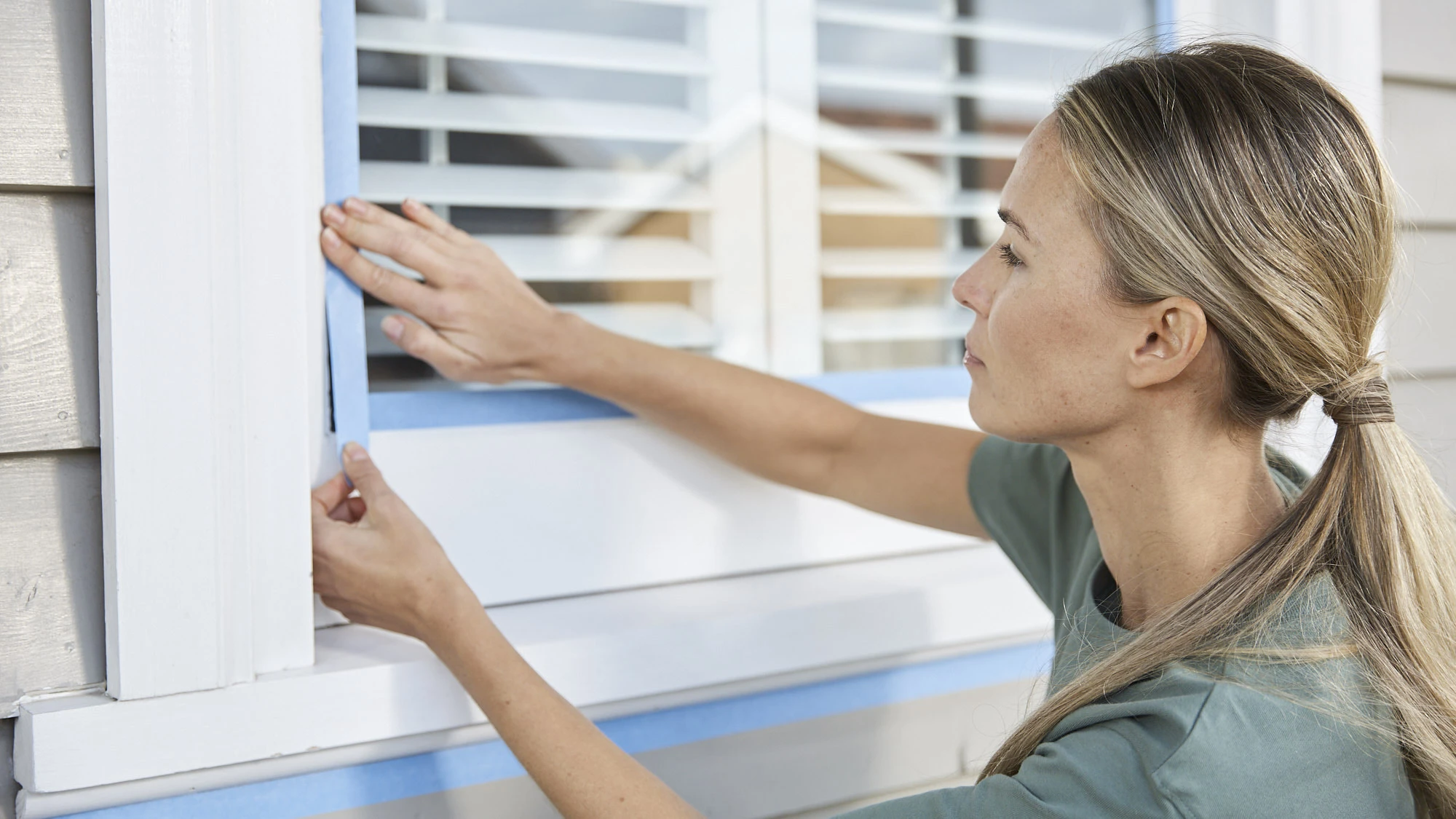Add colour to your outdoor entertaining area
Looking to create the perfect outdoor entertaining space, for friends and family to gather? Introducing new colours into your exterior scheme can help you reinvigorate your look and also redefine your zones.
Create a summer vibe
Infusing new styles and colours into your outdoor entertaining spaces can bring a welcome freshness to its look and feel this summer. When it comes to weathering the harsh New Zealand sun, we recommend using Dulux Weathershield® to keep your home looking pristine all year round. Here are three steps for beautiful outdoor space for your family and friends.
Step 1: Choose the right white for major walls
A white exterior is a beautiful, striking, modern choice. Knowing which white is best for your project can be overwhelming. The trick is understanding undertones. Cool whites carry greys and blues, while warm whites have subtle peaches, pinks or yellows. Different colours, surfaces and even plants can bring these undertones out, so it’s important to test with sample pots and colour swatches. When it comes to finding the right shade, our collection of Dulux whites is a great place to start.
Step 2: Incorporate a pop of colour
No entertaining area is complete without a little wow factor. Bright hits of colour can be applied to elements like seating areas or feature walls, allowing you to create visual intrigue and beautifully define your zones. Dulux Warrington is a fun, vibrant colour to feature and pops against the wooden deck and crisp white brick.
Step 3: Select your style elements
A fantastic entertaining space is equal parts stylish and functional. You’ll want to think about the layout of your furniture – what will your guests see when seated? Similarly, you should prioritise comfort and quality. After all, as it warms up outside, this is a space people will love gathering in. Lastly, have a think about your overarching colour scheme and how you can tie in your own style. Say you’ve brought a pop of Dulux Woods Creek into your seating area. You can then complement the aesthetic with light cushions, throws and furniture, giving it a balanced and chic look.
We know how important a good first impression is. The outside of your home can add value and help you express your style.
Use our range of exterior painting guides to give you the tips and techniques you need for that quality finish.
We are proud to partner with Surf Life Saving New Zealand. Dulux is helping paint Surf Life Saving clubs around New Zealand, protecting them and the home of the Dulux Colours of New Zealand, while they protect us out in the waves. Dulux Weathershield® protects with a formula designed to provide a tough, hard-wearing finish that will never peel, flake or blister.
Disclaimer
Colours displayed should be used as a guide for your colour selection. To ensure best accuracy, test your colour choice at home by ordering Dulux Sample Pots and A4 Colour Swatches.






